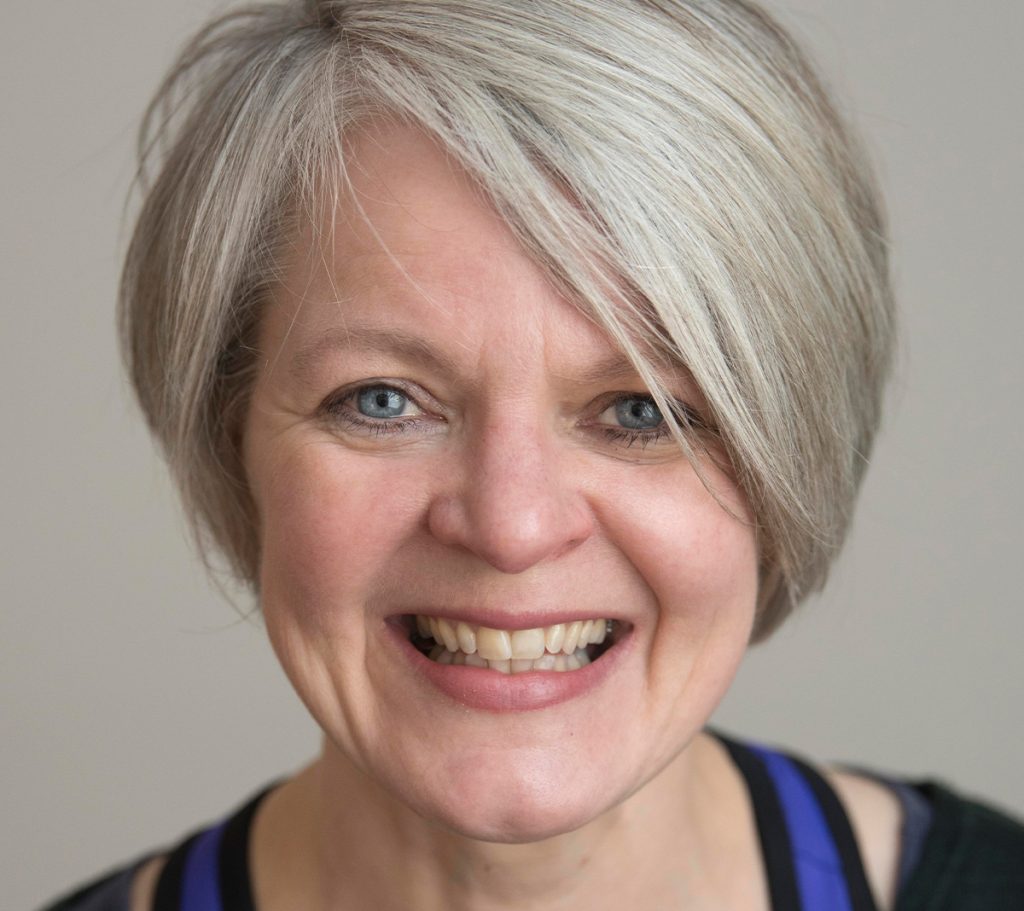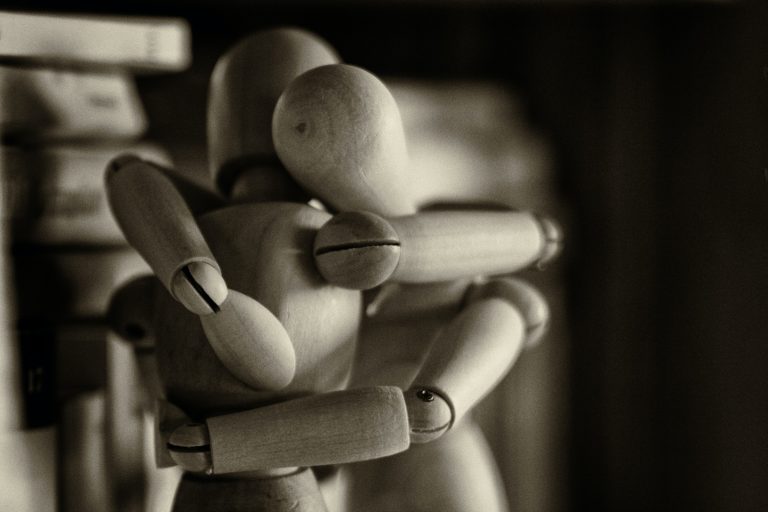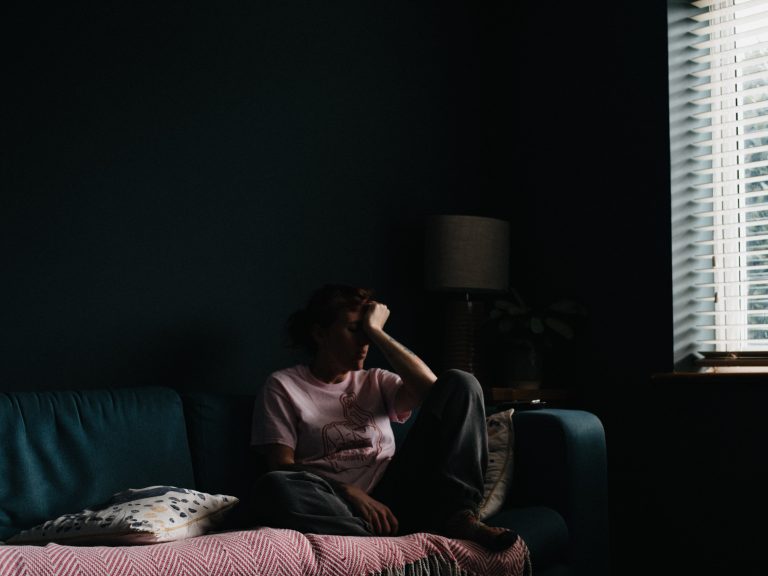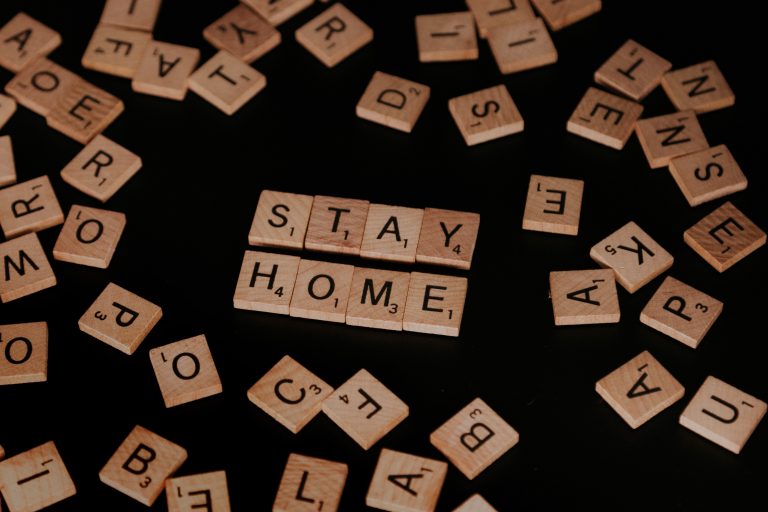Caroline Toshack, TRC Edinburgh, guides us through what lockdown may have brought our body image. Is isolation encouraging feelings of ‘not good enough’? Take these steps to find some perspective.
Lockdown living for some has brought a liberating change of choosing comfort clothes over formal wear, relaxing hair and makeup routines or experimenting with different looks, colours and styles as going to the hairdresser was put on hold.
For others, it has raised concern about their weight or body shape and how it might have been affected by changes in their usual patterns and behaviours of exercise & eating. And as we now transition our way into more social interactions again, many are worried about how others might judge them because of how their body looks.
If you are feeling this way, then please know that you are not alone. It is important to understand that these feelings are not actually about how you look. Rather they relate to your perception, thoughts and feelings about how you look – your body image.
“Feeling beautiful has nothing to do with what you look like”
Emily Watson
The 4 Aspects of Body Image
There are 4 aspects to body image. Knowing these can help us understand our own sense of body image:
- Perceptual Body image is the way you see yourself. This is not always a correct representation of what we actually look like. We can perceive ourselves to be bigger, or smaller than we actually are or to have a different shape than we actually do.
- How you feel about the way you look is called your affective body image. That includes the things that you may like or dislike about your appearance, body shape or specific body parts.
- Cognitive body image describes the thoughts and beliefs you have about your body. Examples of negative cognitive body image would be, ‘my body is disgusting’, ‘I would feel better about myself if I was a different shape’. The inner critic, at play here, has been explored by Michelle in a previous post.
- When someone feels unhappy with how they look, then they may carry out certain behaviours that they believe will change their appearance or hide what they believe are their flaws (eg excessive exercise, disordered eating, missing social events, not being seen without full makeup). This is behavioural body image.
What lockdown has highlighted, or exacerbated, is a cycle of trying to change the outside in order to change the negative feelings and thoughts on the inside. This cycle can further deepen a sense of being ‘not good enough’ unless you look a certain way, further fuelling a belief that you will not be accepted by others unless you look a certain way. Michelle has delved deeper into this in a previous post that she has written about shame.
Changing Your Perspective
Things that may be helpful to improve your body image are;
- Focus on positive qualities, skills and talents that you have that are not related to how your body looks. You are whole person, with many gifts to offer the world, not just a physical body.
- Practice finding things about your body that you like. This can be tricky to begin with but it gradually becoming easier. For example, you might recognise that you like your feet, and you are grateful for what they do for you, and where they take you.
- Avoid comparing your body to others. All bodies are completely unique, as are you. We are different heights, bone structures, colours, postures and personalities. Accept your uniqueness and over time you can learn to embrace your body and appreciate that it is part of what makes you special.
- Make conscious decisions about what you read and look at. If something you read or watch leaves you feeling bad about your body, then turn over, mute or delete. Remember that a significant majority of images in the media are unrealistic, digitally altered and not true representations.
- Learn to trust that your body and you are on the same team. We can work WITH our body and gently shift postures that we adopt to deal with or hide uncomfortable feelings we have about our body. In doing so we can experience how it feels to be accepted by ourself first and foremost and to be seen as our whole true self. You may wish to use the short movement practice below as a starting point.

Author: Caroline Toshack
Movement Therapist & Eating Disorder / Body Image Specialist BSc




